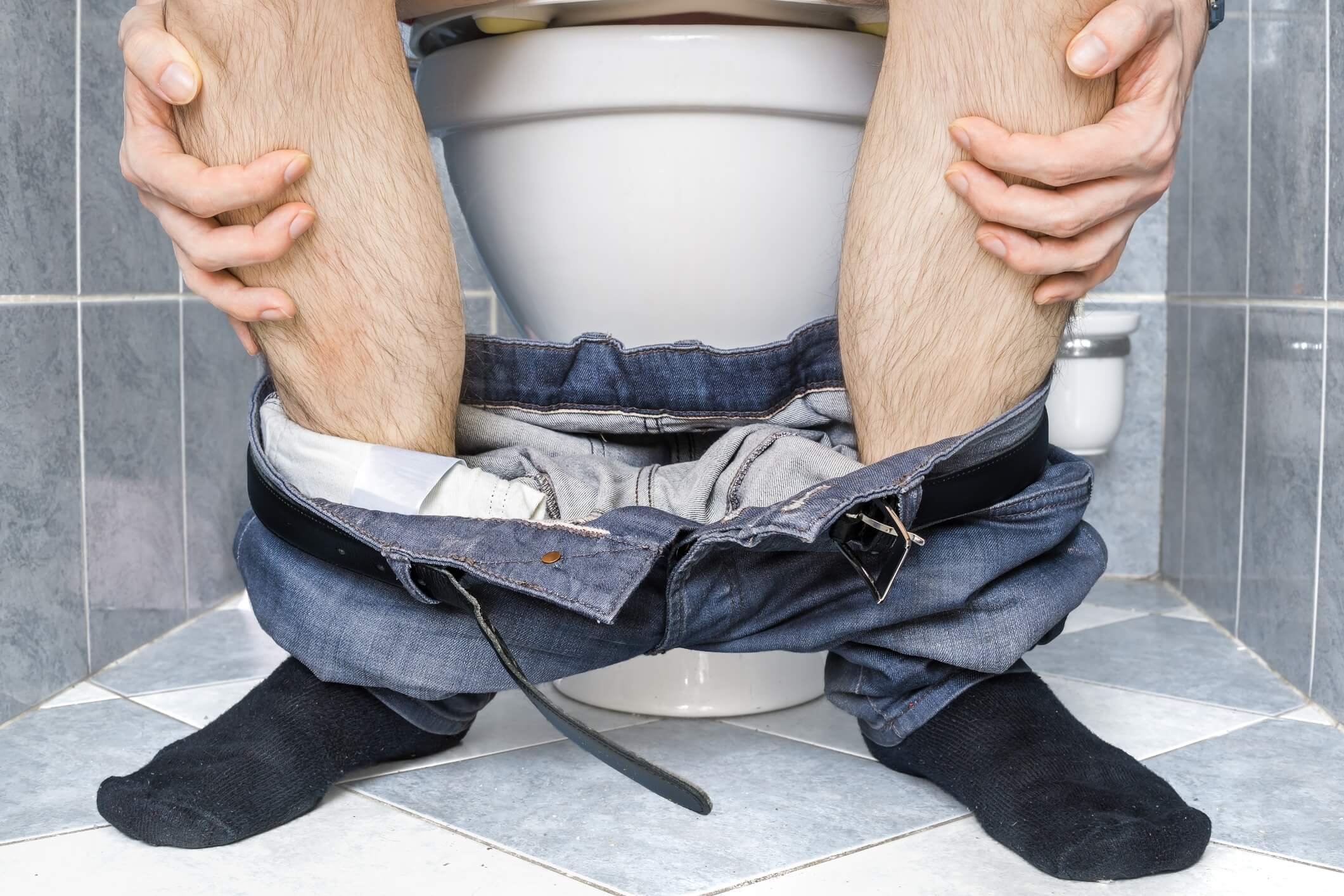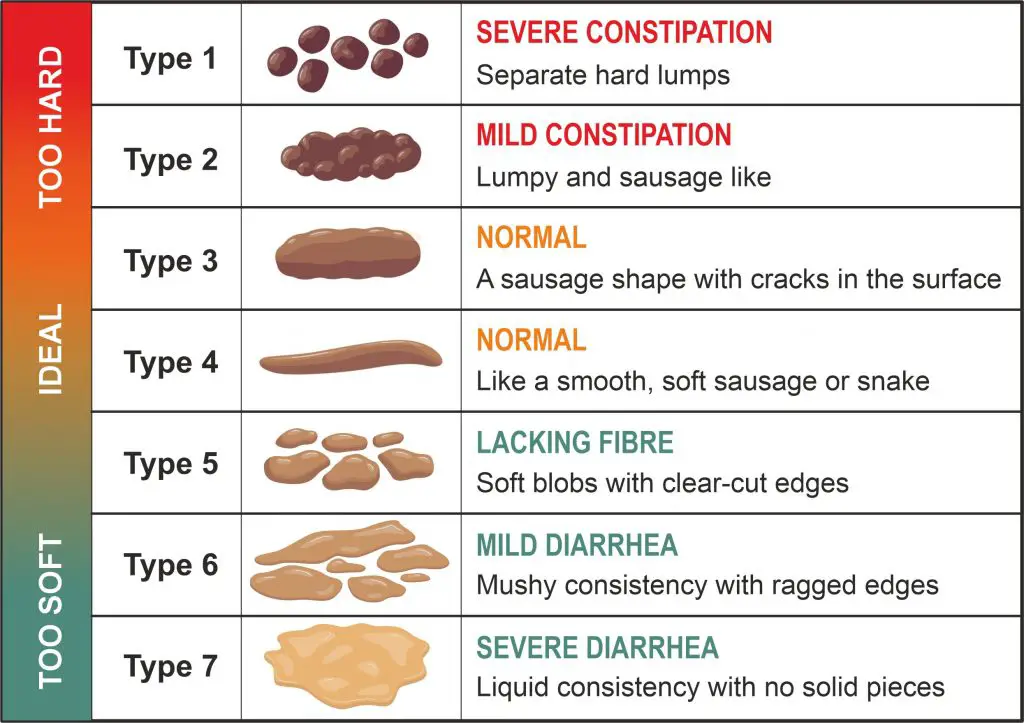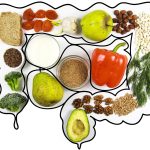What Does Diarrhea Look Like?

As an affiliate, we may earn a commission from qualifying purchases. We get commissions for purchases made through links on this website from Amazon and other third parties.
In some cases, diarrhea can lead to mucus in the stool. This is a result of the inflammatory response associated with your diarrhea.
Knowing what does diarrhea look like with the use of the Bristol Stool Chart scale to identify your poo and its various compositions.
As your intestinal lining becomes irritated, it can cause white blood cells to leak into your digestive tract and mucus membranes, leading to increased production of mucous.
Identifying what your stools look like
Recurring bouts of loose stools over several weeks or months can cause ulcers to form in your colon, which contributes to further diarrhea due to irritation.
In general, loose stools are generally yellow or green and they may appear watery. Mucus or streaks of blood might be a sign that you have a more serious case of diarrhea requiring immediate medical attention.
For example, bloody stool is more common among children and older infants. If you notice streaks of blood mixed in with your stool — or the appearance of black and tarry stools (which indicates bleeding from high up in your digestive tract) — contact your doctor as soon as possible.
Watery diarrhea is more likely to lead to dehydration, which can be life-threatening if left untreated. You can recognize dehydration by noticing that you’re urinating less often than usual, or that your urine is dark in color.
What Are Watery Stools?
Watery stools — or loose stools — are a tell-tale sign of diarrhea. You likely have watery stools when you notice that your feces are runny or watery, and when they’re accompanied by softer stools.
Watery stools generally begin as a distinct change from the firm stool you were used to having before diarrhea set in.
In many instances, your stool color can help you gauge how serious your diarrhea is: green stools mean that bile is in the stool, while yellow stools indicate that fat is present.
This explains why greasy or fatty foods can cause diarrhea — they lead to an imbalance of bile salts and fatty acids in your digestive tract, which leads you to have loose stools.
The Bristol Stool Chart
To better understand the composition of your diarrhea we can use the Bristol Stool Chart which is used to depict the various stages of stools. From solid to watery.
Categorized from Type 1 to Type 7 and from severe constipation to severe diarrhea.

What Does Severe Diarrhea Look Like?
The following are signs of severe diarrhea:
- Thirst and dry mouth
- Weight loss due to prolonged diarrhea (which may also cause muscle wasting)
- Rapid heartbeat, which you might feel as palpitations
If your diarrhea is accompanied by vomiting, acute abdominal pain or cramping, blood in your stool/vomit, fever, and chills, you should be concerned. This may indicate a more serious bacterial infection that requires immediate medical attention to prevent lasting damage to your body.
If you experience any of these issues, seek medical attention immediately.
In conclusion
Diarrhea can last for a few hours to several days without treatment so it’s important to know how long it lasts before seeking medical care if you suspect you have this condition.
Observing your body and your stools will give you a better understanding of your severity of diarrhea and more importantly, how to manage it for a comfortable life.
A quick reminder ..
Probiotics.tips aim to provide the most up-to-date information, help, and advice for YOU to make informed decisions. If you are unsure or uncertain and require more clarity, please reach out to us and we will gladly come back and advise you as best we can.
The best means to reach us is via email at info@probiotics.tips or fill out the form on our Contact Us page – click here.
Probiotics.tips
About Us
Our goal is to empower you with concise probiotic guidance for a healthier gut. With expert advice, we provide the knowledge to improve your well-being and navigate the world of probiotics efficiently, ensuring you achieve optimal gut health.
- Can You Take Probiotics While Water Fasting?
- Does Fasting Help Microbiome Diversity and Functionality?
- Does Fasting Help Your Bowels
- Does Fasting Help Probiotics? Understanding Gut Health Benefits
- Does Fasting Help the Gut: Understanding the Impact on Digestive Health
Disclaimer
As an affiliate, we may earn a commission from qualifying purchases. We get commissions for purchases made through links on this website from Amazon and other third parties.
Check these out on Amazon









